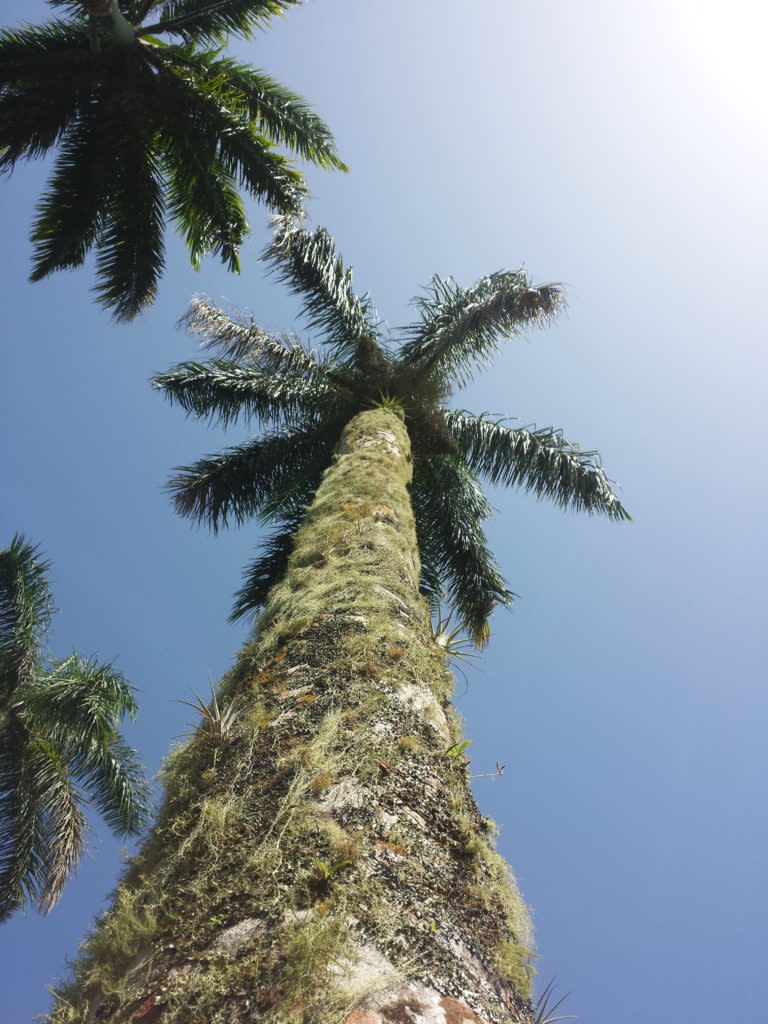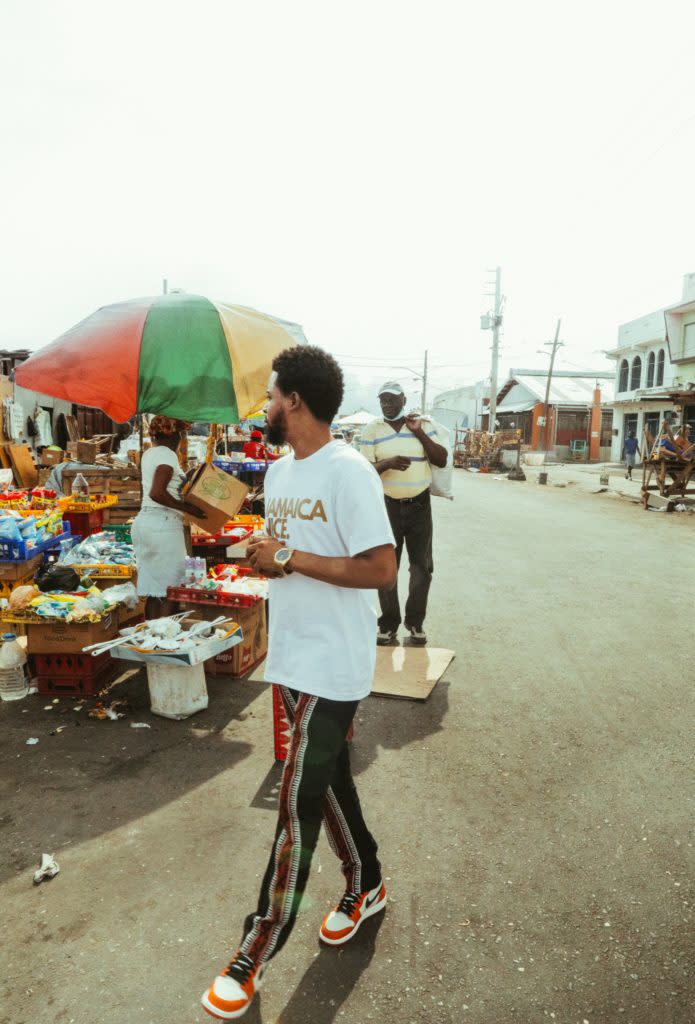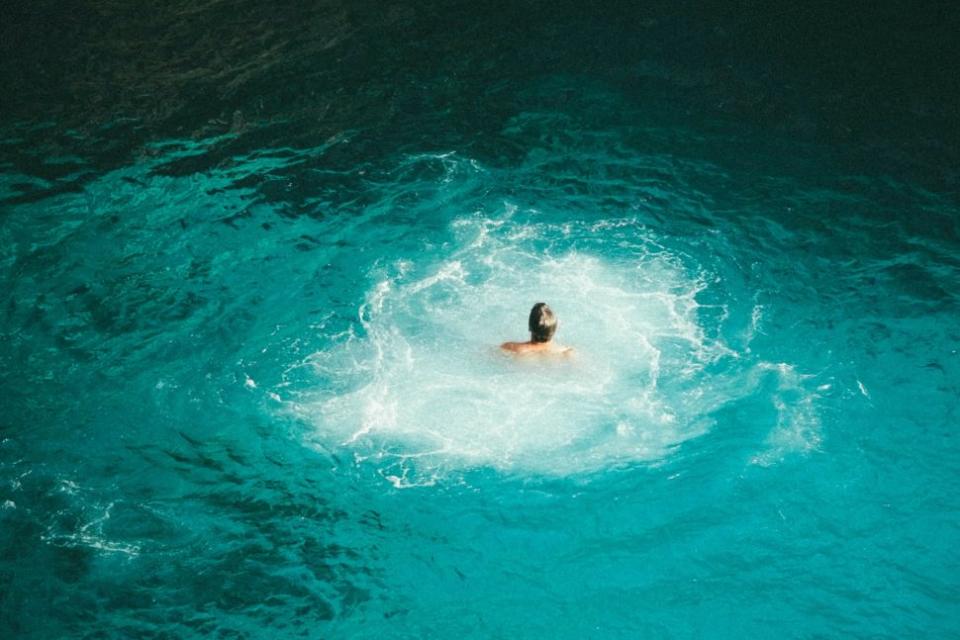Travel Like Bob Marley: 5 Spots in Jamaica That Were Important To The Legend

- Oops!Something went wrong.Please try again later.
During his musical career, Jamaica native Bob Marley achieved many great accomplishments including serving as a world ambassador for reggae music, earning induction into the Rock and Roll Hall of Fame, and selling more than 20 million records. And his philanthropic work and activism are just as impressive as his musical achievements. Marley inspired the world to embrace love, peace, and equality.
At the center of Marley’s activism and music is the island from which he was born and raised. As Jamaica’s most iconic and impactful resident, Marley introduced the world to Jamaican music, culture, and Rastafarianism. Dedicating the bulk of his craft to celebrating Jamaica and combating injustices, Marley had a profound love for the Caribbean country.
Even 4 decades after the legendary musician’s death, the bond between Marley and Jamaica is still felt today. There are tributes and relics of Marley’s incredible life scattered throughout the island. From Bob Marley-inspired tours to museums and landmarks, Marley’s legacy runs through the heart and soul of Jamaica.
Want to immerse yourself in the sights, sounds, and history of Bob Marley? Do you want to experience Jamaica through his eyes? If so, you should add these 5 locations to your Jamaican itinerary.
Visit the Legendary Musician’s Birthplace

Bob Marley was born Robert Nesta Marley on his maternal grandfather’s farm in Nine Mile, Jamaica. The village of Nine Mile is located in the countryside of St. Ann Parish and is reached through a series of scenic winding rural roads. The small village town is also where Marley was put to rest and has become a shrine to its most famous resident.
A visit to Bob Marley’s home at Nine Mile includes a tour of the property from Rastafarian guides. Tour guides share stories from Marley’s life and conduct impromptu performances of some of his most beloved songs. Most tours also include a trip to Mt. Zion Rock, Marley’s frequented meditation spot and home to the “rock pillow” made famous in his song “Talkin’ Blues,” as well as to his final resting place, the mausoleum that he shares with his half-brother.
While in Nine Mile make sure to check out some of Jamaica’s most impressive waterfalls. The town is just over an hour from Dunn’s River Falls, Blue Hole, and Konoko Falls.
See Where Marley’s Musical Journey Began

Marley moved to Trench Town in Kingston, when he was a teenager; this is where his musical journey began. The shantytown community is mainly known for being the birthplace of reggae music and for producing a vast number of musicians. In addition to The Wailers’ famous trio (Bob Marley, Peter Tosh, and Bunny Wailer), other notable Trench Town residents include Ken Boothe, Dennis Brown, Toots and the Maytals, and Joe Higgs.
Community leader Vincent ‘Tata’ Ford is said to have taught Bob how to play the guitar, and together penned the lyrics of the famous song “No Woman No Cry” in what is now called the Culture Yard. While living at the venue, the group Bob Marley and the Wailers was formed and their first album `Catch a Fire’ was recorded. The Culture Yard now serves as a museum dedicated to Marley and other reggae artists who lived there. Tour guides, who are typically local residents, will show you the home of Marley’s youth and other key attractions, including the Culture Yard Museum. Immortalized in the lyrics of Marley’s classic “Trench Town Rock,” “Natty Dread” and “No Woman, No Cry,” a visit to Trench Town is an opportunity to experience the true, urban Jamaica and the roots of Marley’s music.
Take a Dip in the Falls that Marley Frequently Meditated In
Cane River Falls was one of Marley’s reputed favorite spots to unwind, meditate, and take a natural shower. In his 1983 song “Trench Town” he references the popular local water spot with the line, “Up a Cane River to wash my dreads/Upon a rock I rest my head.” About a 30-minute drive outside of Kingston, Cane River Falls offers a peaceful refuge from the hustle and bustle of the capital. A small bar and restaurant make this a pleasant place to grab lunch and spend a day.
Visit the Site of Marley’s Beach House

In the 1970s Bob Marley built a beach house in the sleepy fishing village of Little Bay. Located 10 miles south of Negril, Little Bay offers visitors a more secluded and off-the-beaten-path Jamaican beach experience. Though severely damaged by a hurricane a few years back, remnants of Bob Marley’s beach house are still believed to remain at Little Bay. There is also a nearby mineral spring in a small cave that Marley reportedly loved to bathe in. While in Little Bay make sure to enjoy some of the local seafood restaurants, sea activities, and picturesque surroundings.
Go to an Event at the Location of Marley’s Historical Peace Concert
In the midst of a Jamaican civil war between the People’s National Party and the Jamaican Labour Party, Bob Marley performed at a political concert in the hopes of quelling tensions. His 1978 One Love Peace Concert was a defining moment in the conflict between warring parties. The concert brought together 16 of reggae’s most popular musicians for a celebration of peace. During the performance of the song “Jammin,” Marley brought two rival political leaders on stage to publicly join hands—this was an iconic show of solidarity at the time.
The concert took place at The National Stadium in Kingston, Jamaica. The sports and cultural complex hosts events and sports games all year-round. When you visit make sure to admire the statue at the entrance of the stadium commemorating Marley.

